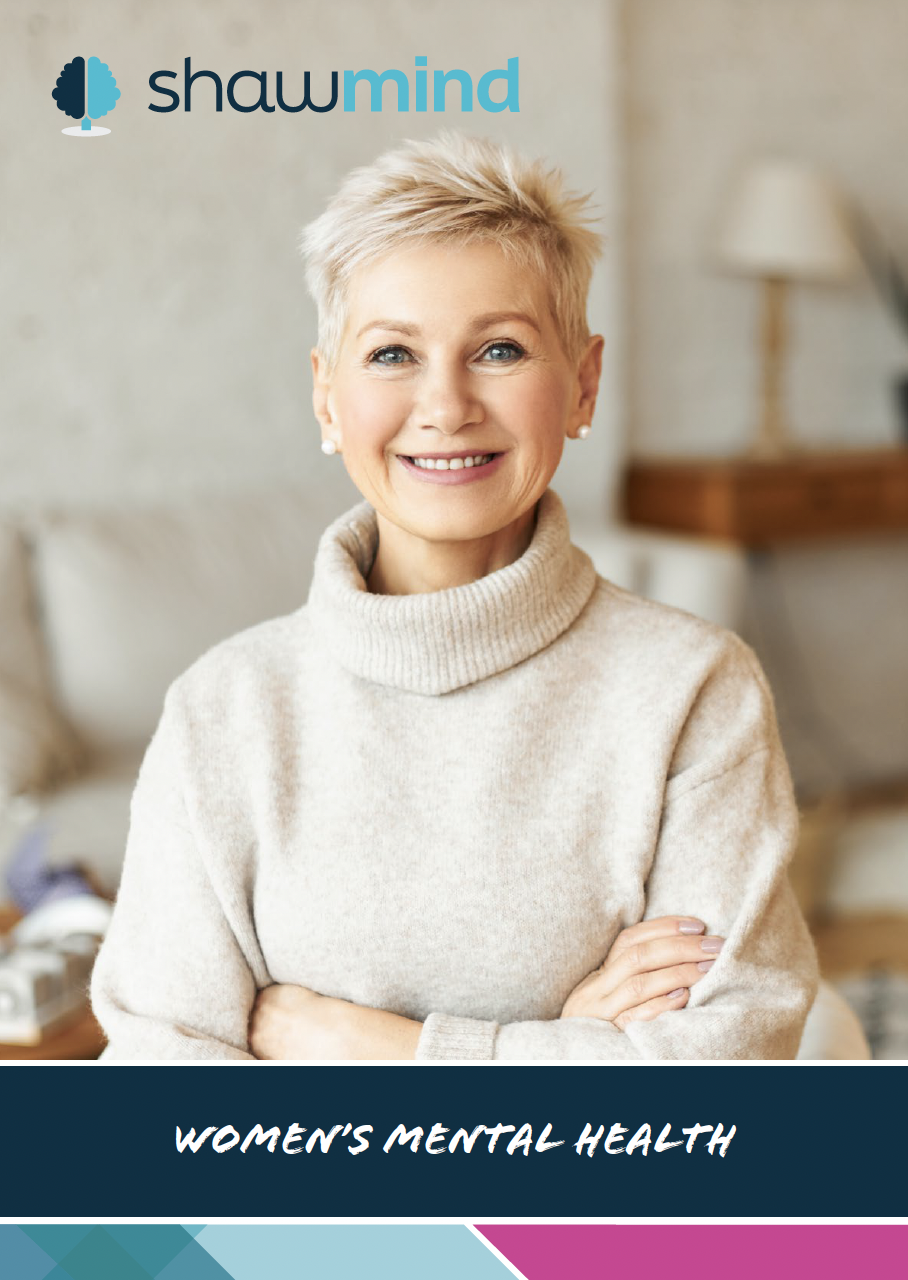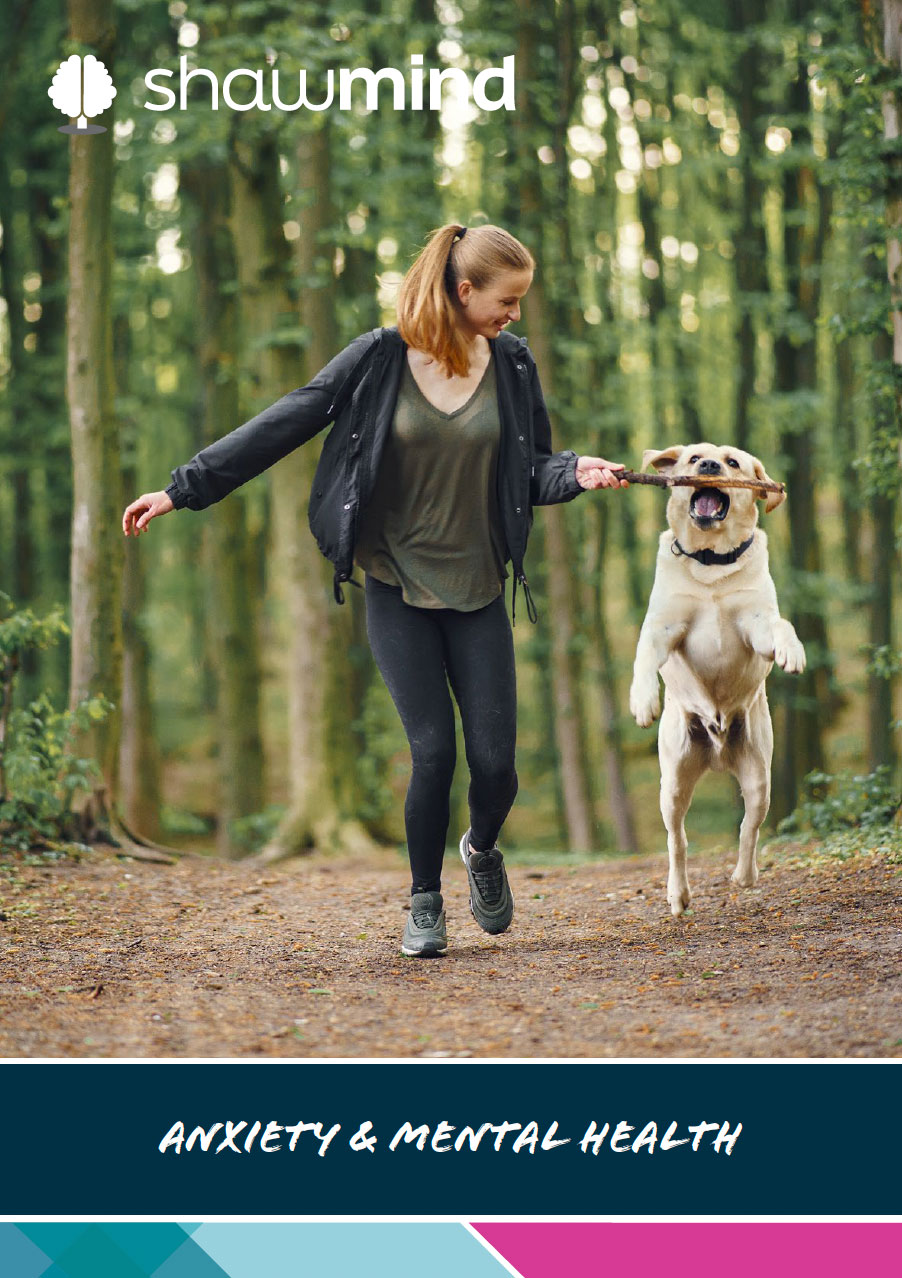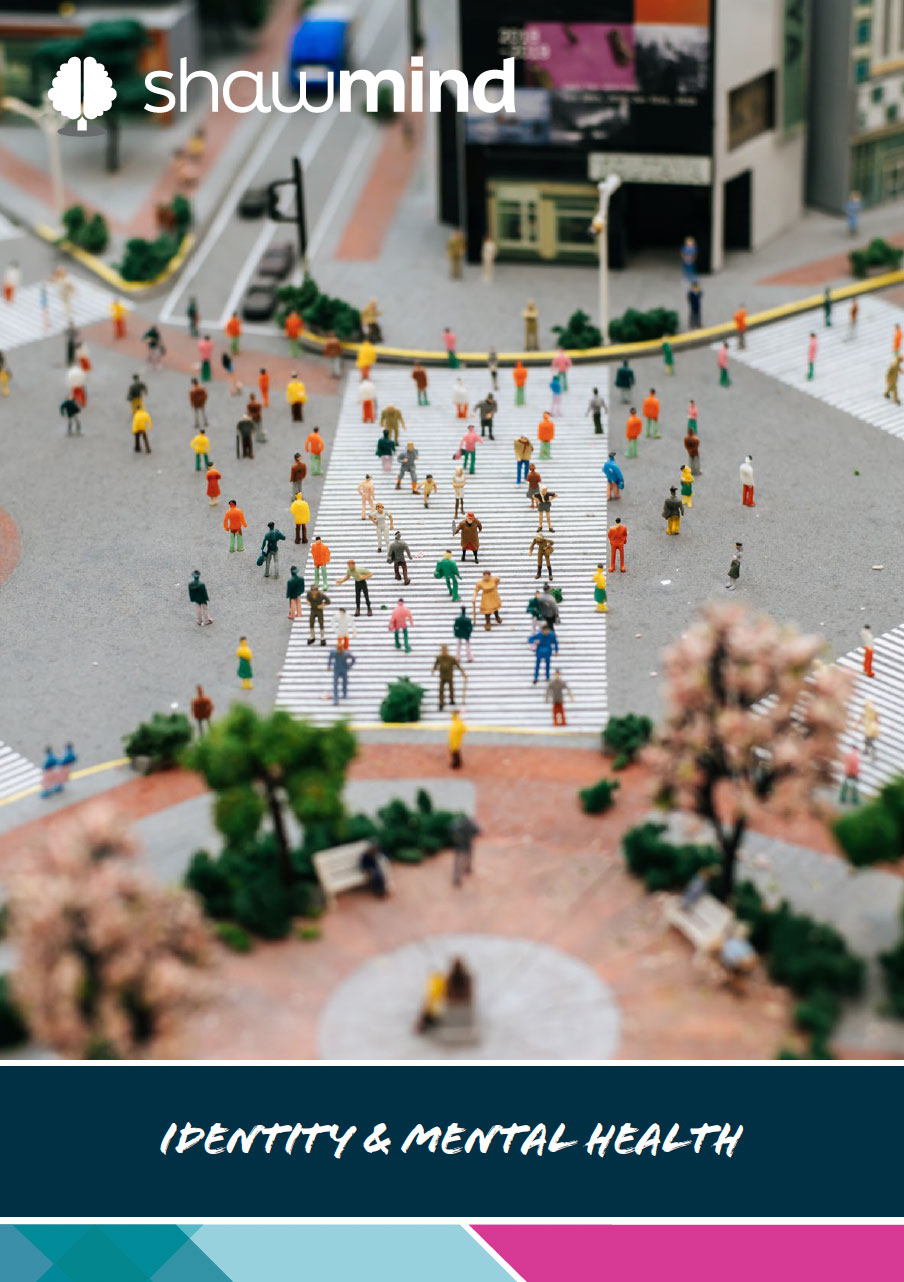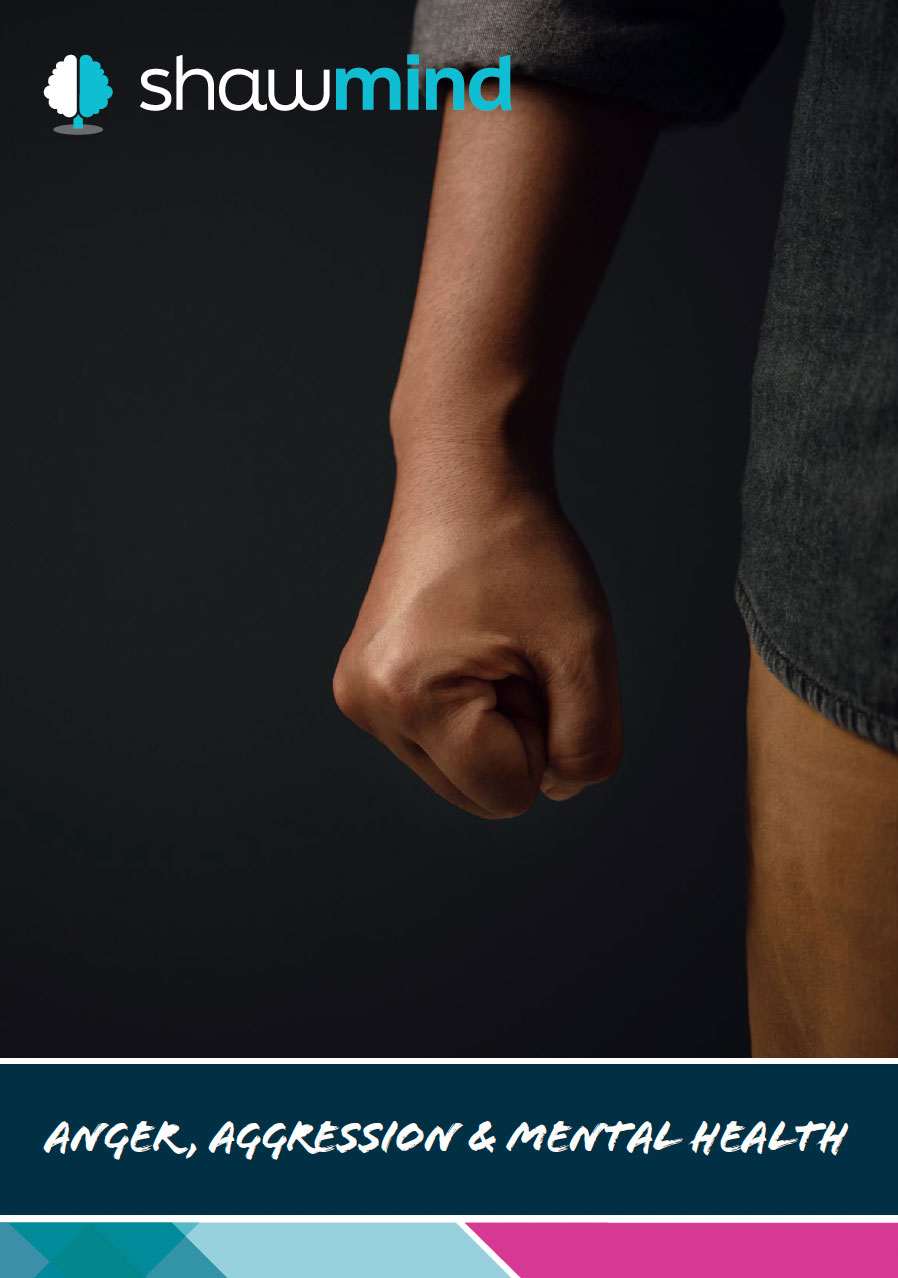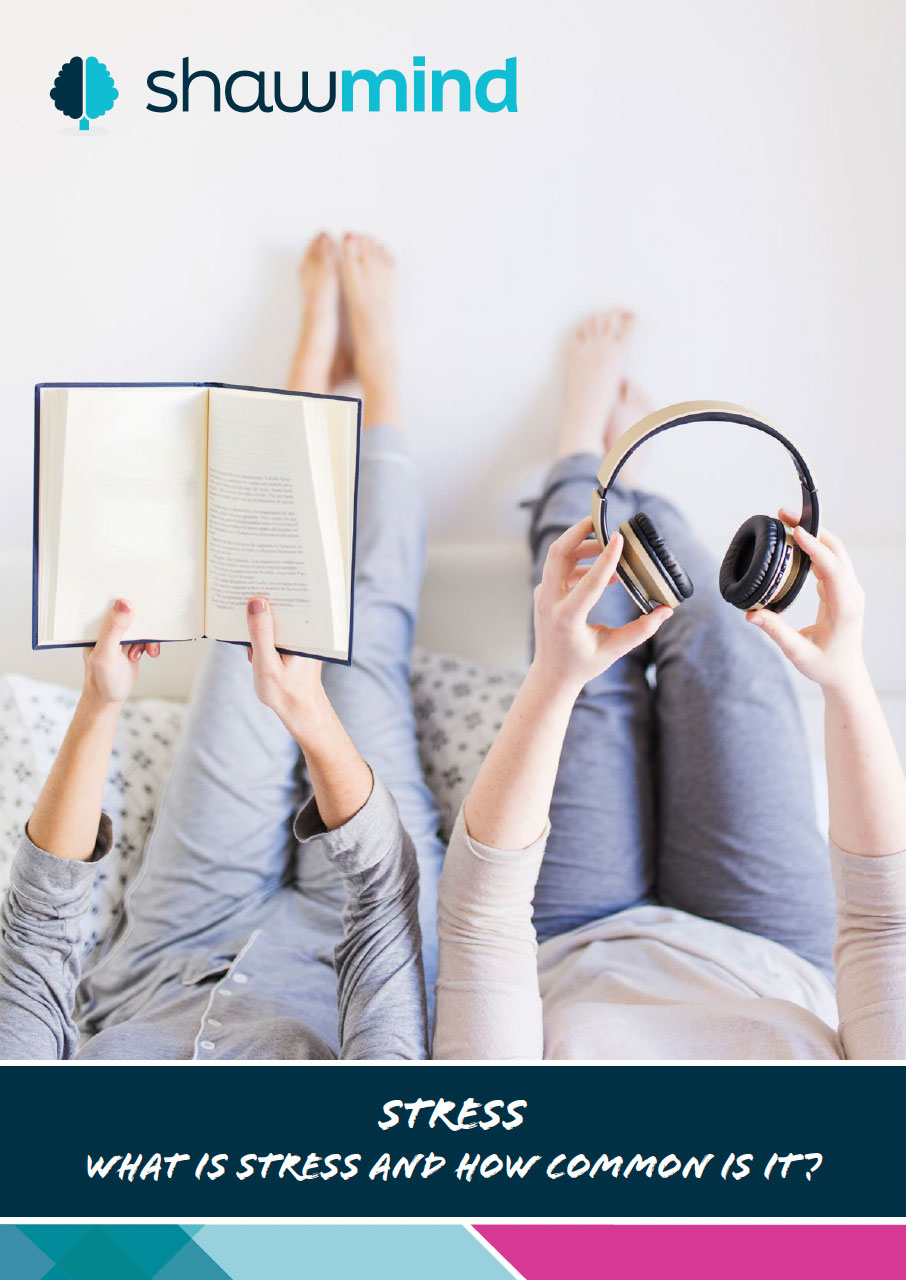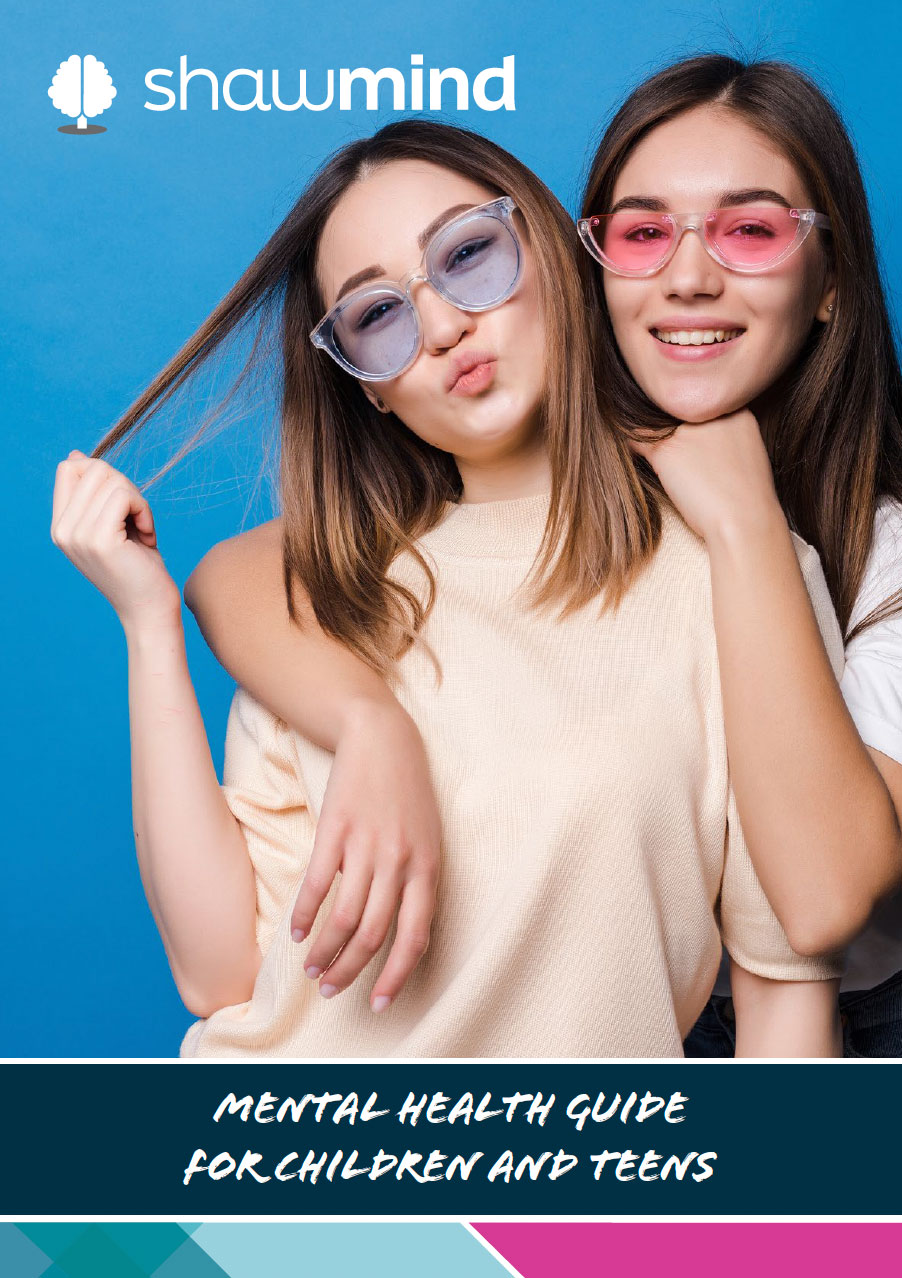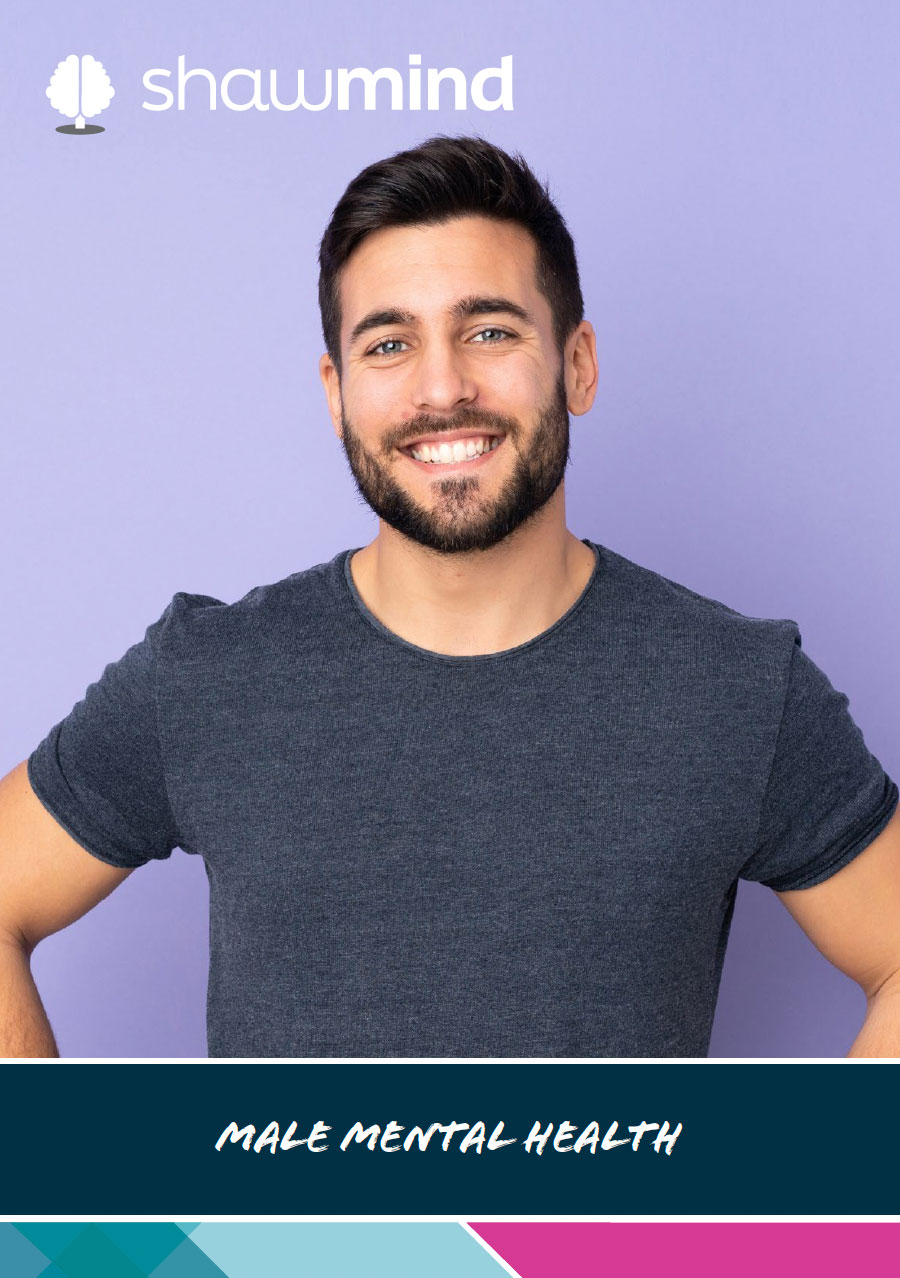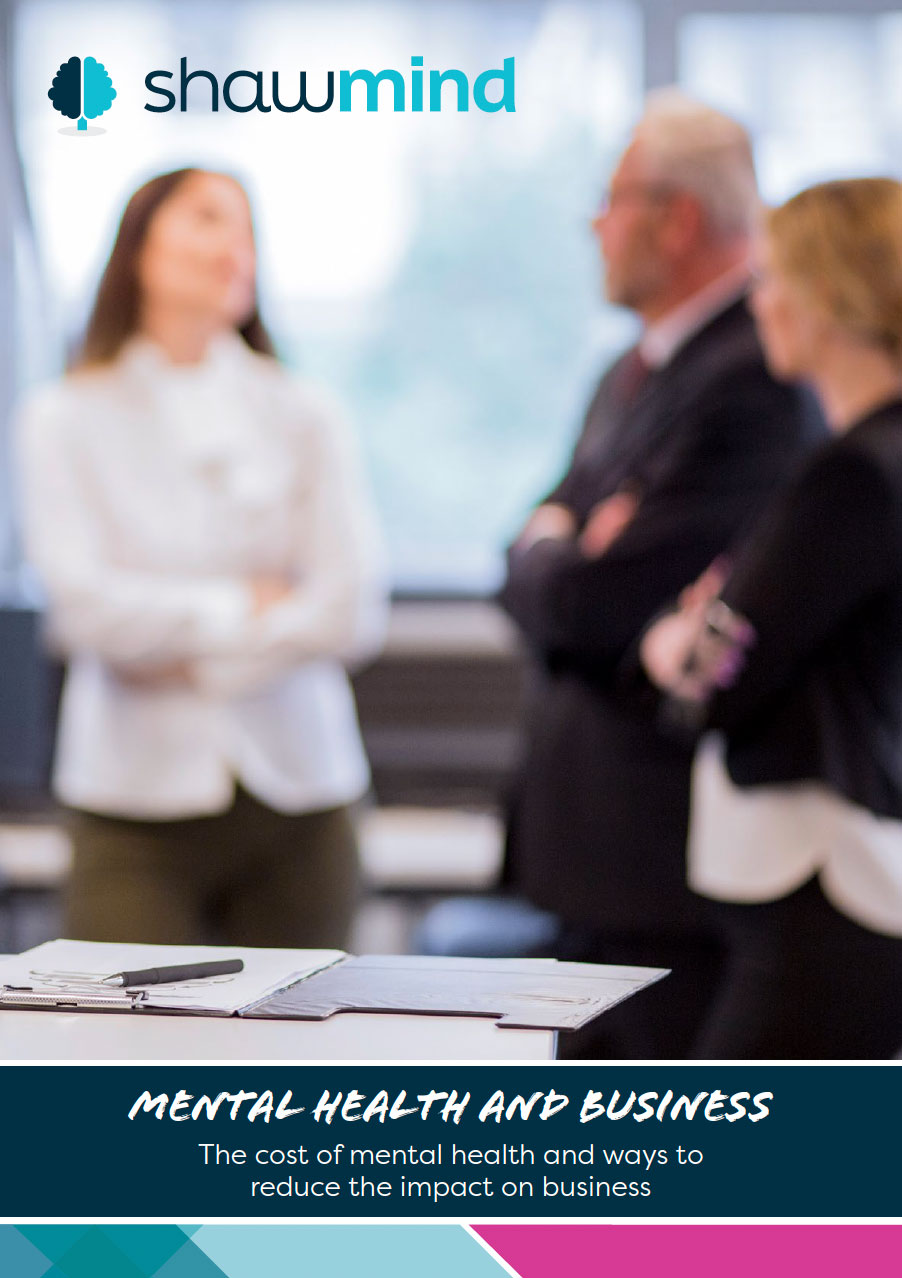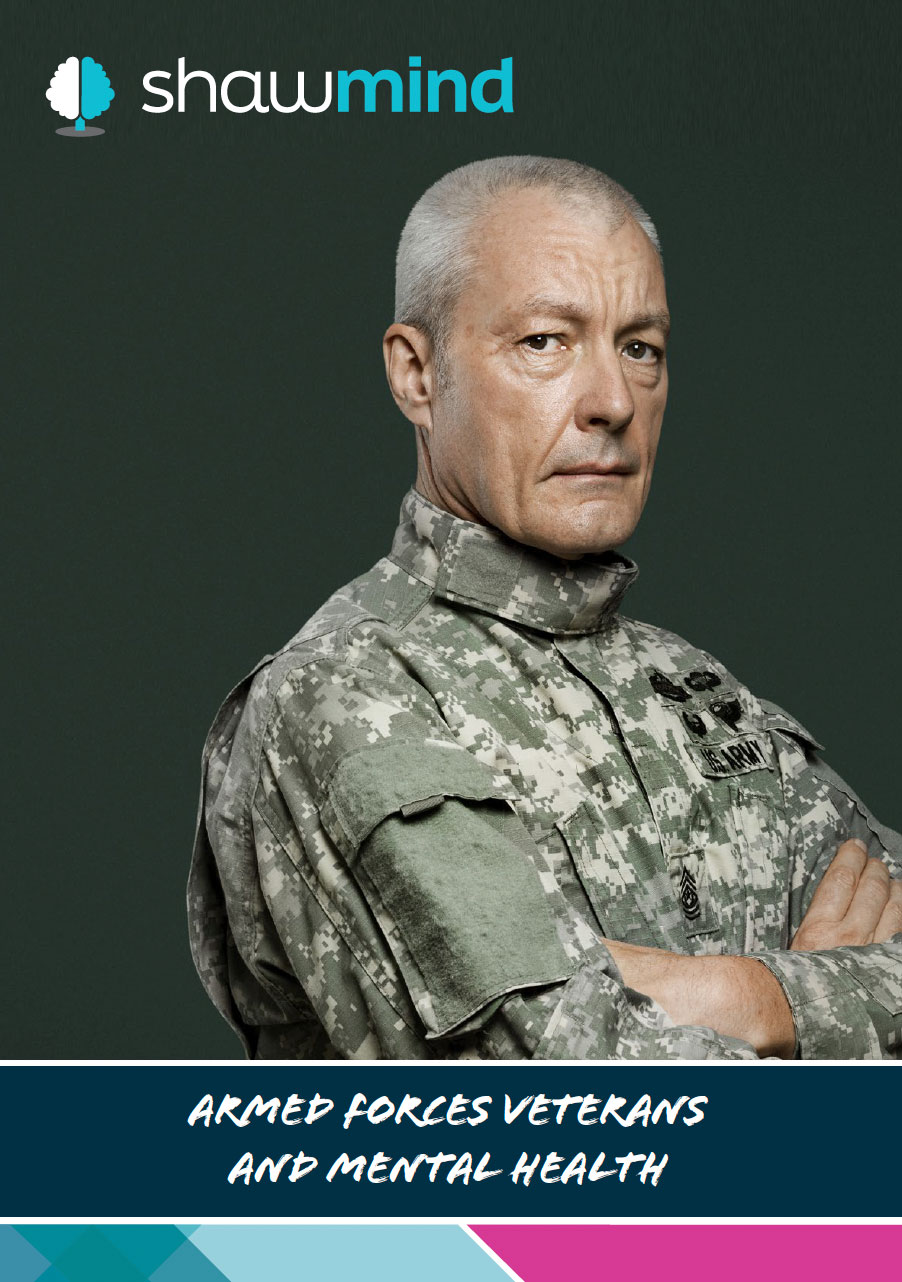Mental health problems are common in society, with women being particularly vulnerable to certain conditions. The reasons for this include genetics, hormones, anatomy, neurology and psychosocial structures (Otten et al., 2021). The differences in mental health rates will also vary depending on the country, diagnostic criteria of mental health conditions and availability of support services in each respective nation. Societal norms and expectations also shape the way that people are treated by others, which can impact women’s mental health – and there are many common mental health conditions which particularly affect women.
To find out more, download our guide:
DOWNLOAD GUIDE

